One of New York, Susquehanna & Western's ex-Long Island high nose Alco C420s heading up Schuyler Street in Utica, where I just was the other week. That's the F.X. Matt brewery farther up on the left. I like the old Southern Serves The South boxcar.

One of New York, Susquehanna & Western's ex-Long Island high nose Alco C420s heading up Schuyler Street in Utica, where I just was the other week. That's the F.X. Matt brewery farther up on the left. I like the old Southern Serves The South boxcar.

An NYS&W excursion running down Schuyler Street. According to photographer notes, they stopped the train there and let people board in the middle of the road.
During NYS&W's excursion years, they weren't above multitasking. They cut in a dead C430 and a pair of boxcars to drop off at Utica behind the RS-3/C430 hauling the train.

For a while, the NYS&W ran excursions behind a steam engine. #142 was a Chinese SY-class Mikado that they imported (there was a period where these were really cheap and people thought they were going to be the next big thing in the US). #142 was actually the second one the Susie-Q imported, the first one is on the bottom of the Indian Ocean when the boat it was on sank. They ran it mostly on the NJ end but it clearly came up to Utica at least once. They sold it off in '03 to the NYS&W Technical & Historical Society who runs excursions over the Belvidere & Delaware River Railroad under the Delaware River Railroad Excursions banner.


There was a phase in the '90s and '00s where there was a prediction that Chinese steam engines were going to be the next big thing. They did have advantages: relatively small and light, they were built in the '80s and '90s so there was no need to undo years of wear and tear and deterioration from the elements, and because they had no historical ties to the US, so you could modify or change their appearance to resemble an American engine and not worry about destroying historical artifacts. And once you stripped off some of the weird skyline casings and smoke deflectors and decluttered them, they were nice-looking engines. The only real oddity of them is that the engineer was on the left side and the fireman was on the right side, the opposite of American engines. In the end though, only 6 Chinese steam engines were imported to the US, 2 SY-class Mikados, 1 JS-class Mikado, and 3 QJ-class Santa Fes.
Knox & Kane Railroad imported the first SY-class in '89 to operate alongside their old Huntingdon & Broad Top Mountain Railroad & Coal Company 2-8-0. Numbered to #58, it was operated until 2006, when the K&K ceased operations due to loss of freight traffic and the Kinzua Bridge collapsing. It sat until '08, when the Knox & Kane engine shed was burned by an arsonist, then purchased by Valley Railroad in Connecticut, who dolled it up as a New Haven Mike, #3025, and operates it to this day.
NYS&W acquired the other SY Mike and ran it for years before selling it to their Technical & Historical Society who know runs it on the Bel-Del Line.

Boone & Scenic Valley Railroad purchased the sole JS-class Mike to come to the US. Theirs retains the skyline casing on top, which makes it a bit odd-looking. Despite owning C&OE #17 and N&W #475 at the time, it was decided to be more affordable to import the Chinese engine. They still operate it, although it is out for its 1472 currently.
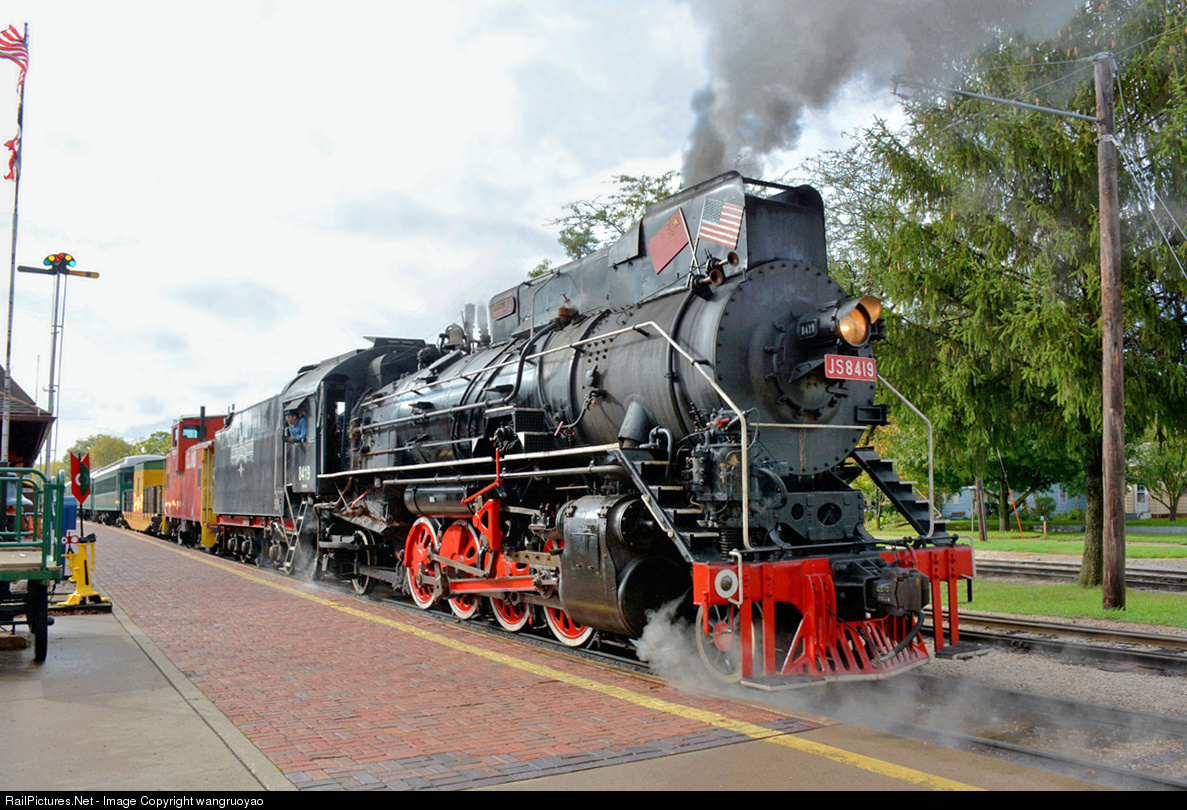
In 2004, Iowa Interstate Railroad purchased 2 Chinese QJ 2-10-2s, #6988 and #7081. #7081 was the last steam engine operating in China and the last steam engine in the world to be operated in general revenue when retired in '03. IAIS Americanized the #6988 with a steam engine type bell, the Chinese headlights were replaced with an American style light with a cast number plate under it, and an American steam whistle was installed. Also the steel sheet on the front was removed and all red paint was painted over in black, with white trim on the running board and wheels. #7081 was left largely in as-delivered appearance, with only minor changes to make them FRA-compliant. They are operated very sparingly, like once every couple years and #7081 is out of service currently.


RJ Corman imported the final QJ, #7040, in 2008. It had its smoke deflectors removed but was left in otherwise as-delivered appearance. It was also renumbered to #2008 and nicknamed Old Smokey. It was operated until 2013, at which point it's FRA certifications ran out and it was taken out of service. After Corman's death, it has been donated to Kentucky Steam Heritage Center alongside C&O #2716 and NKP #587.

Photos of C&O #1309 out testing. She's a brutal-looking machine in that typical C&O way. #1309 is equipped with overfire jets, which I'm pretty sure there are no operating engines so equipped currently. Reportedly they were louder than hell back in the day, so I guess we'll get to find out.
More progress on the Pacific Enterprise Network Intermodal System!
I got my TCM container crane for the Teanaway Intermodal Transfer. Quite a nice piece honestly. Steerable wheels, poseable hydraulics, adjustable boom width, lots of detail parts.

Also, I began contruction on American Silicon Supply Co., A basic Pikestuff distribution center. This business will handle covered hoppers loaded with Silica and outgoing boxcars loaded with silicon wafers.

Meanwhile, Cargo Unlimited National Transfer is open and receiving loads.

Yes, I am having a lot of fun with the acronyms.
Some of the other big steam being restored in 2021, in addition to C&O #1309
ATSF #2926, one their big 2900-series Northerns, has been under restoration by the New Mexico Steam Locomotive and Railroad Historical Society since 1999. They test fired it in 2019 and it was supposed to be operated last year but then 2020 happened.
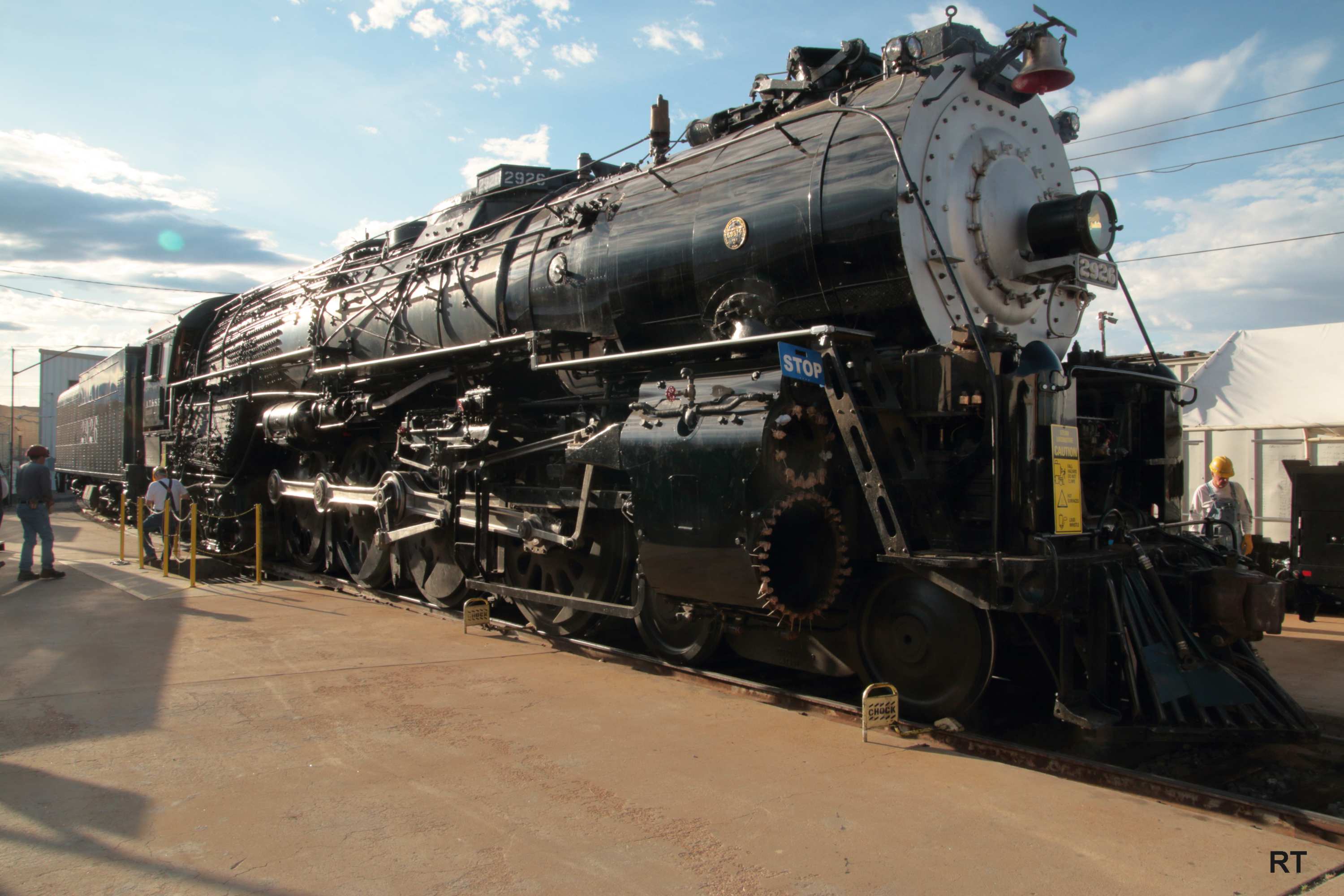
ATSF #3751, another Santa Fe 4-8-4, has been out of service since 2015 for her 1472, but is supposed to be back this year.
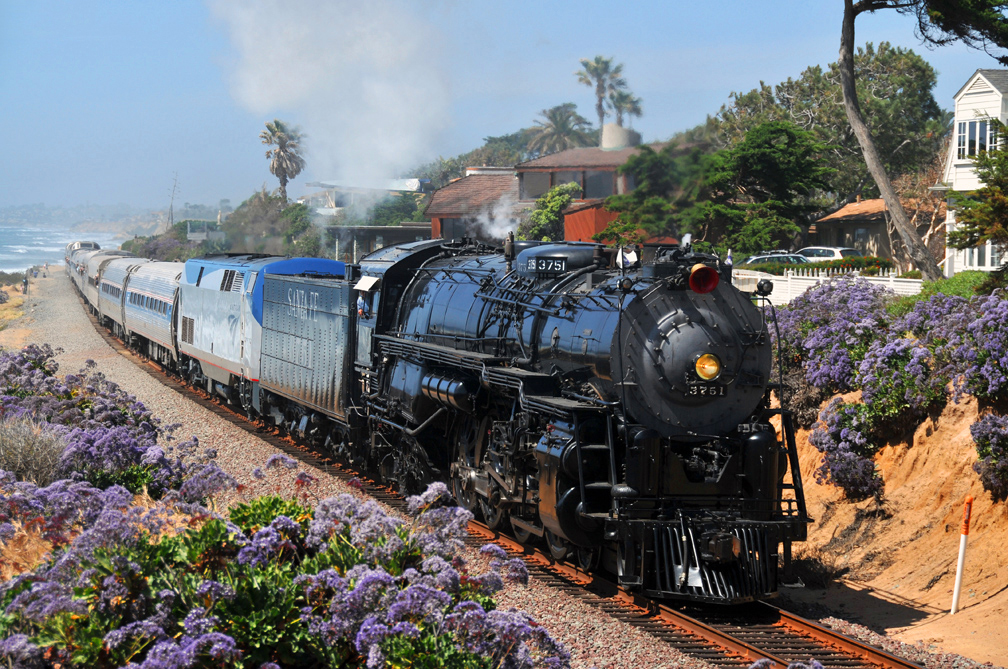
Reading T-1 #2100 is undergoing a restoration (including removal of a half-assed oil-burning conversion) at the American Steam Railroad in Cleveland, Ohio, I actually donated for the purchase of 10 firebox staybolts for this one. Its been out of operation since 2008, when the Tacoma-based dinner train operation it was run on went belly-up (they performed the oil-burning conversion that never worked properly)
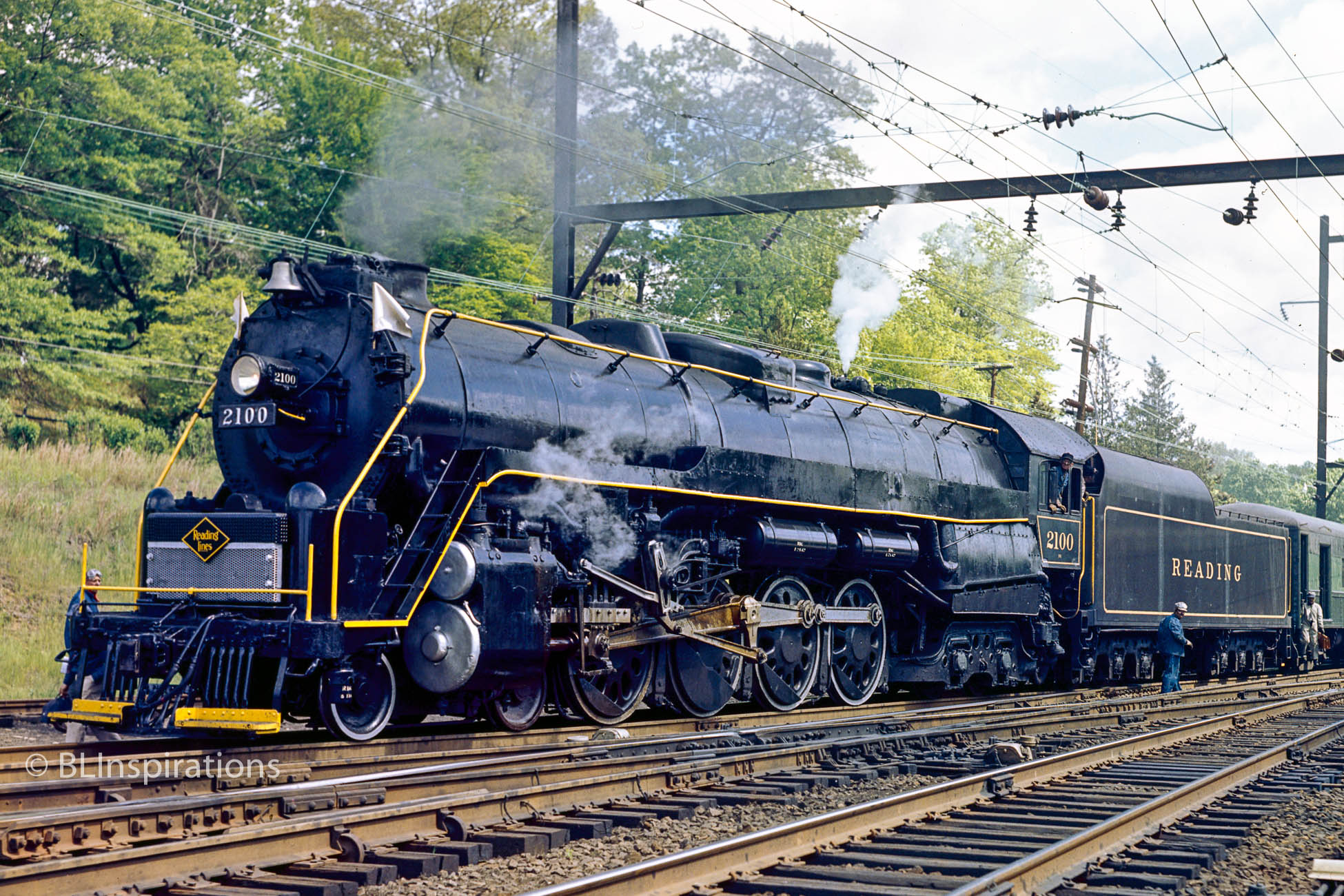
Reading #2102, another one of their homebrewed Northerns, is being overhauled by Reading & Northern for their Lehigh Gorge Scenic Railroad trains. When I was down there this summer, the conductor said that #2102 is very close to being ready. Although it'll be nice to see the big T-hog operating, I am left wondering what R&N #425's future will be once its current 1472 runs out, since the T-1 is bigger, more powerful and has a stoker. I could see #425 being parked for a while as a result.

Union Pacific #428, a 1900-built 2-8-0, is getting the full attention of the IRM's steam shop now that they have the J. Neil Lumber Shay and Frisco #1630 up and running. This has long been a rainy day project by their crews, but now its on the front burner.
Third time is the charm with Nashville, Chattanooga & St. Louis #576. After two previously thwarted attempts, the semi-streamlined 4-8-4 "Dixie"-type is now being worked on by the Nashville Steam Organization and they are making great strides.
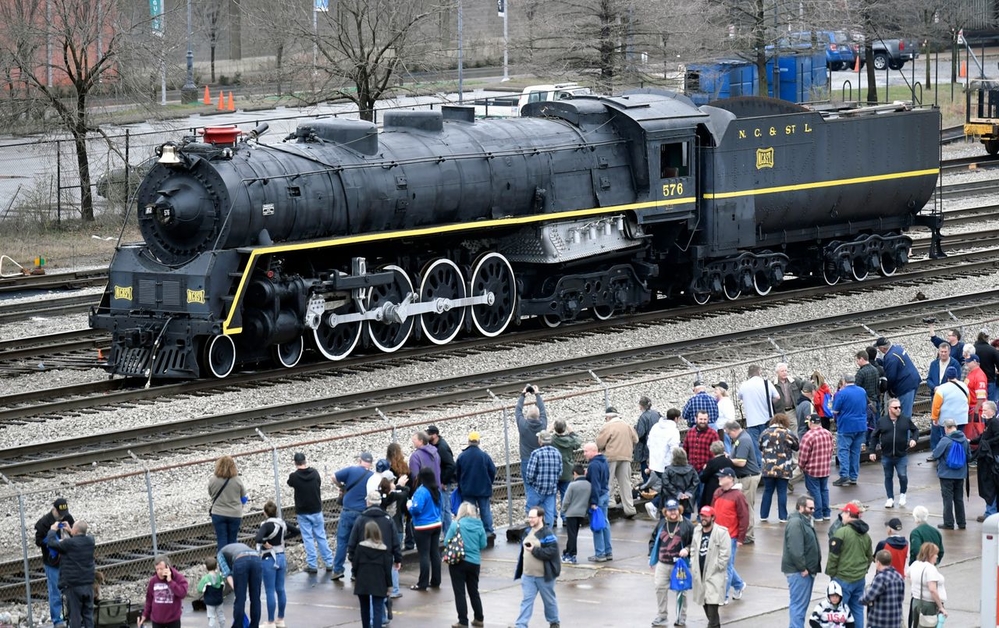
Alaska Railroad continues to chip away at their restoration of #557, an ex-US Army Transportation Corp S-160 2-8-0. From what I read, the FRA made a surprise visit of the restoration and had nothing but good things to say about the quality of work being done.

Mid-Continent Railroad Museum finally took the plunge and had a new boiler made for their C&NW Ten-Wheeler #1385 and the engine is getting close to operating for the first time in over 2 decades, when boiler troubles sidelined the engine.
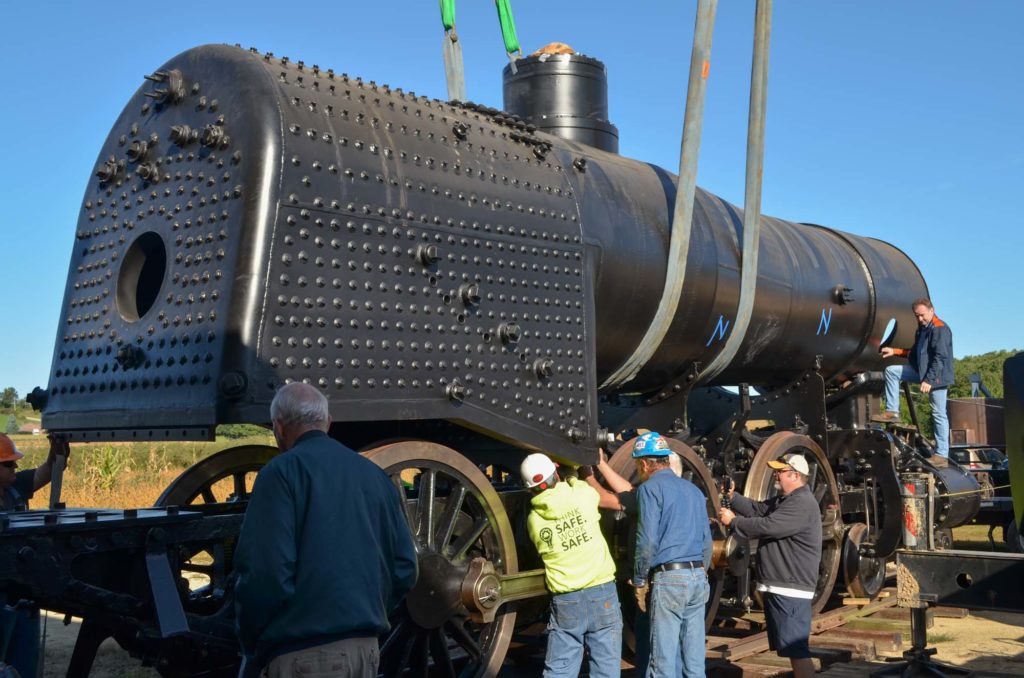 \
\
Mid-Continent is also resuming work on Western Coal & Coke #1. The restoration for this one came to a screeching halt when the museum was flooded back in 2008, but they are now getting back on it.
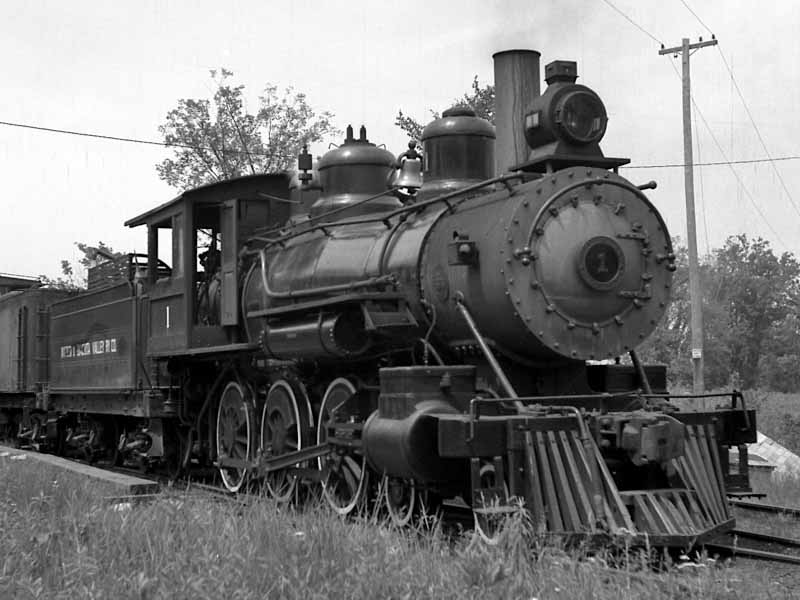
The Western Pacific Railroad Museum had completed the tender and started the boiler work on WP 0-6-0 #165
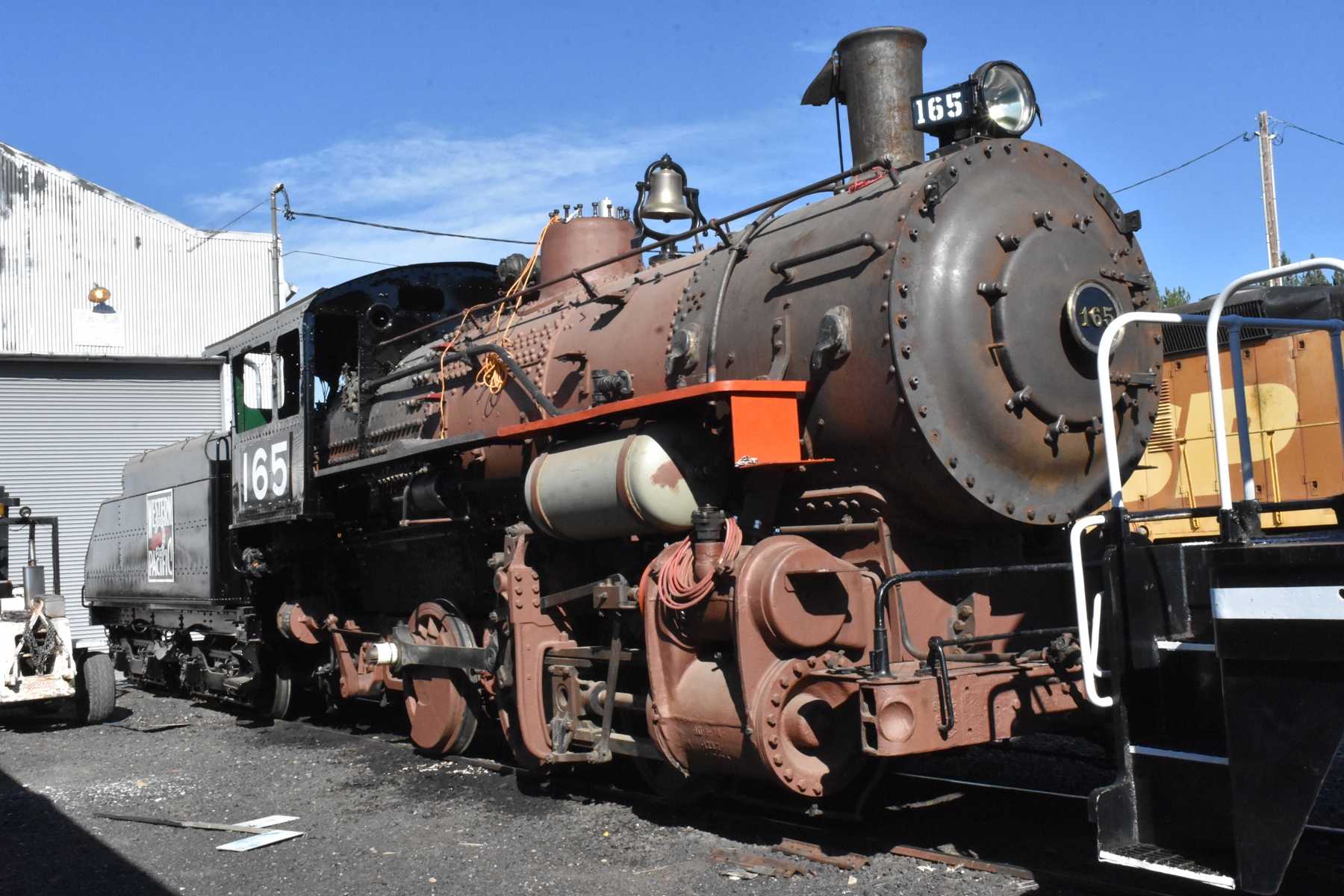
Wiscasset, Waterville & Farmington has decided to construct a brand-new 2-4-4T for their Maine 2-foot gauge operations. WW&F #11 will be based off of WW&F #7, which was damaged in a roundhouse fire and scrapped in 1937.
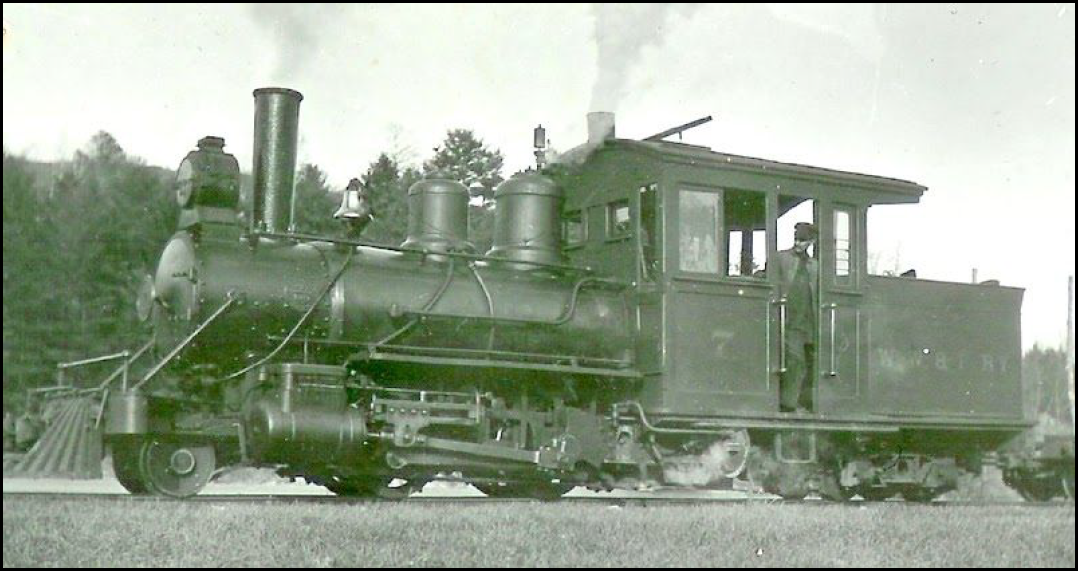
Cumbres & Toltec Scenic has begun the oil-burning conversion on D&RGW narrow-gauge Mike #489 after the success that Durango & Silverton has had with their oil-converted #493. There are people that are getting bent out of shape, but if the difference between operating steam on the D&S and C&TS or no operating steam is an oil-burning conversion, I think that's an okay compromise.

White Pass & Yukon #69, a narrow gauge 2-8-0, is being restored to operation after being out of service since 2013. This little engine has gotten around. It was retired in 1954. Sold to the Black Hills Central in 1956. Sold to the Nebraska Midland Railway in 1973. Last run by NM Ry. in 1990. Sold back to the WP&YR in 2001. Returned to service on the WP&YR in 2008 and then last operated in 2013.
White Pass & Yukon #61, another narrow-gauge Consolidation, is being restored at Stockton Locomotive Works. What makes this one really interesting is that in '49, the WP&Y sank the #61 in the river to use as rip-rap. It was dug out in 1990, then Sold to Mid-West Locomotive & Machine Works in Wisconsin in 2007 before being traded to Stockton Locomotive Works in 2017.

C&O #2716, the Kanawha that seems plagued with bad luck, is getting redone by Kentucky Steam Heritage Center. Hopefully this restoration sticks.
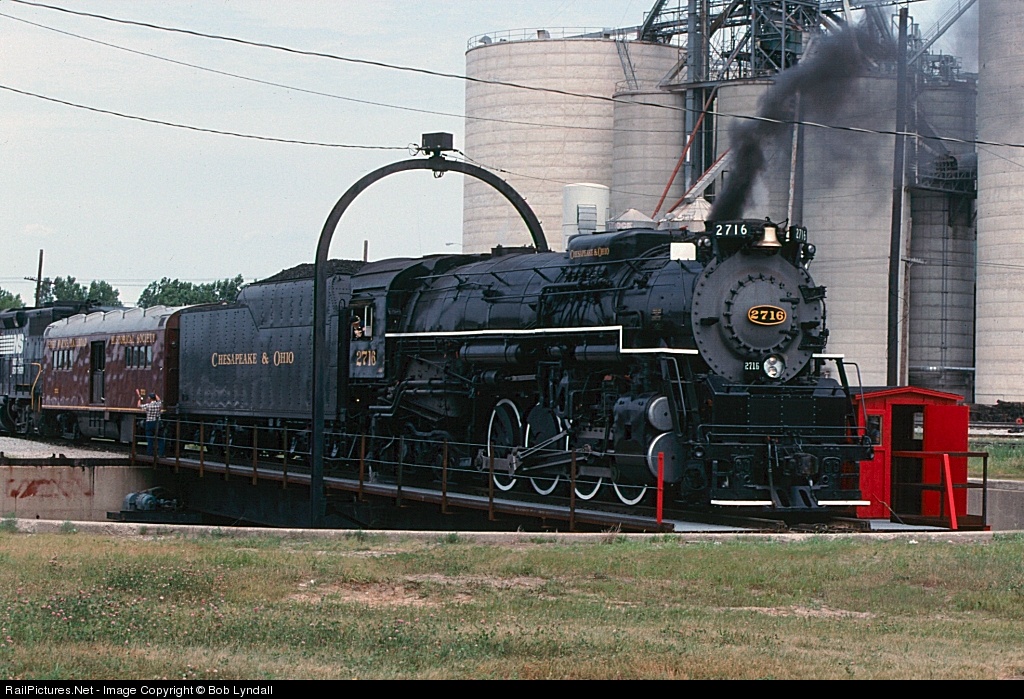
The 20th Century Limited rolling past the Studebaket plant in South Bend. While the car did in the railroads, the Central outlasted Stude

And Reading #2102 at the Reading & Northern has been successfully test-fired! I hope that they do some #425/#2102 doubleheaders

A couple more engines with a restoration underway.
Nevada Northern #81 is very close to being operation for the first time in 61 years. Because one of their usual engines, #40, is going down for a 1472, they wanted another steam engine operational alongside #93, so that a freak occurrence didn't catch them without any steam power.
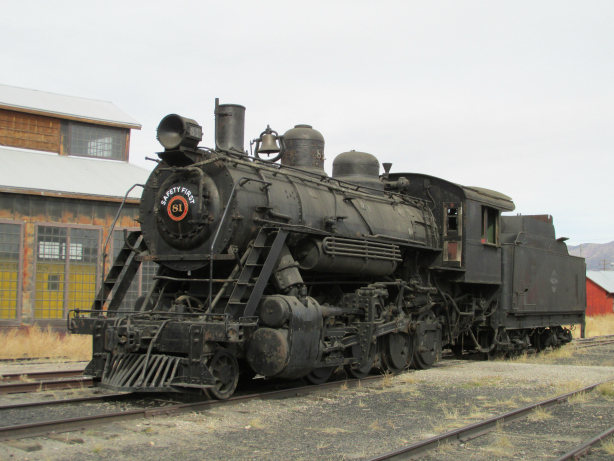
And of course, Nevada Northern #40 is undergoing a 1472
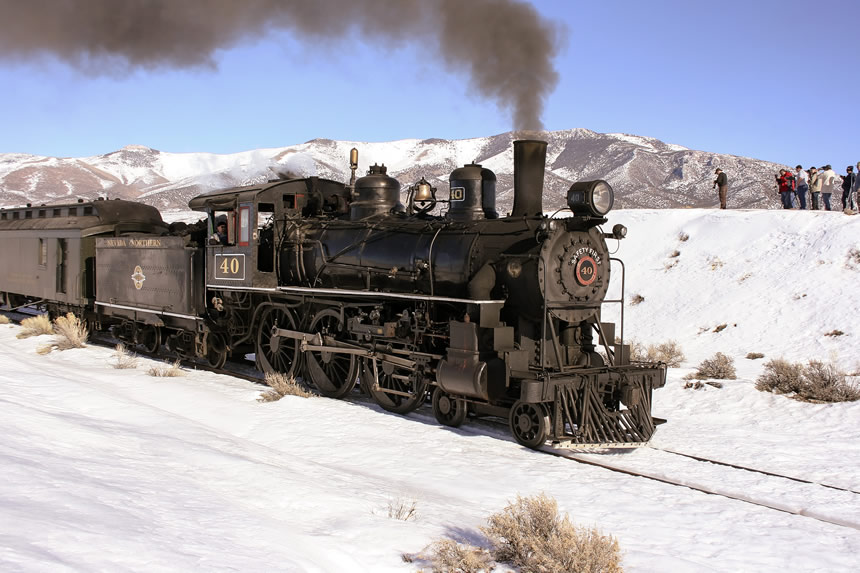
Wilmington & Western #98, a Mississippi Central 4-4-0, has been undergoing a 1472 inspection since 2017. This engine was one of 4 engines (out of 40+ total) to escape the scrapping of Paulsen Spence's Louisiana Eastern Railroad after his death.

Black Hills Central is nearing completion on their restoration of Weyerhauser Timber 2-6-6-2T #108. They already operate Weyerhauser #110, another logging Mallet tank, so the #108 will be reunited with one of its sister engines.

Steam Railroading Institute, the folks that operate Pere Marquette #1225, have begun restoring C&NW 4-6-0 #175. They want a smaller engine to do short trips with, rather than firing up #1225 and using her flue time. They previously acquired a Frisco 2-8-0 that had been run at Gettysburg Railroad, but after tearing it down they found that Gettysburg's poor maintenance had trashed pretty much every component and it needed too much work.
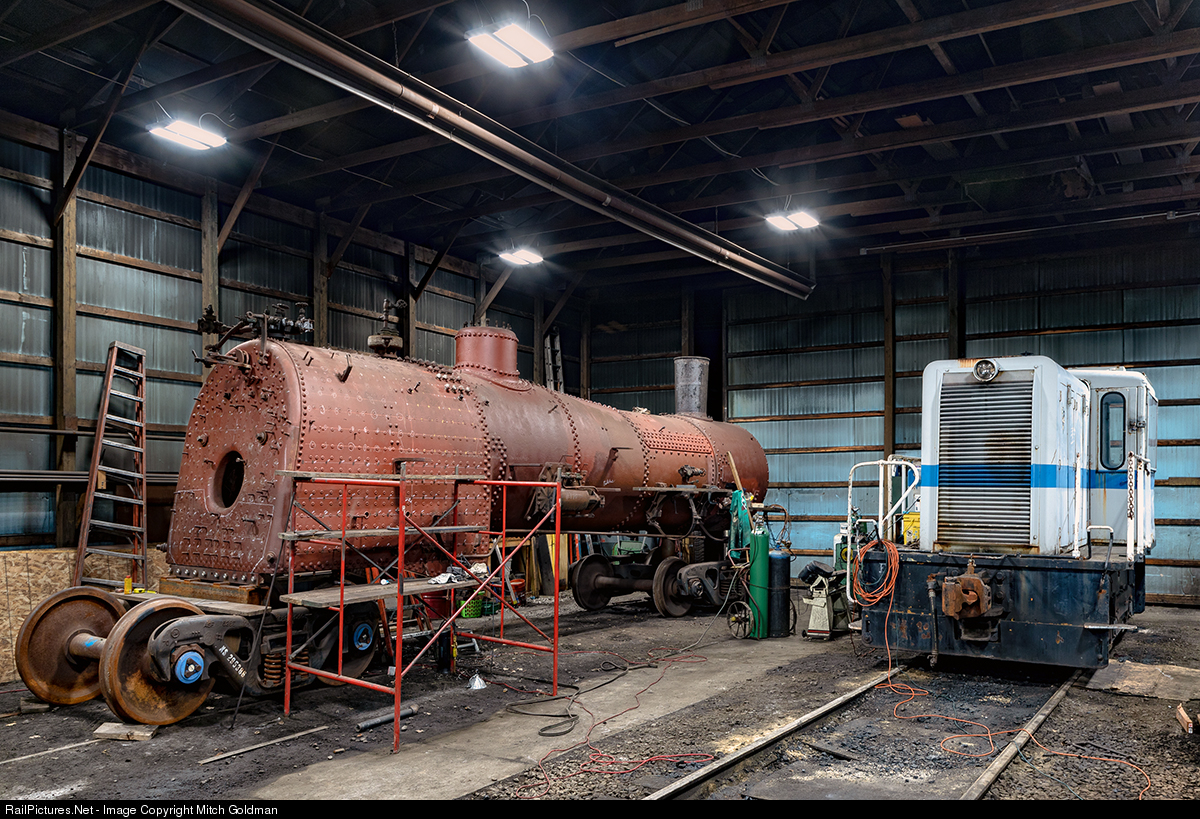
Oregon Railroad & Navigation 4-6-2 #197 is being restored at the Oregon Rail Heritage Center slowly, but steadily, by a group named the "Friends of the OR&N 197".

Also being worked on at the Oregon Rail Heritage Center is Spokane, Portland & Seattle 4-8-4 #700. They just received a $35,000 grant to help complete her 1472. #700 has been operational since 1990, but hasn't made a whole lot of trips. In 2015 she was taken down for her 1472, and has been apart since.

Southern Pacific #1744 is being pieced back together by the Pacific Locomotive Association at Niles Canyon Railway. The 1901-built Mogul has been out of service since 2007, when Iowa Pacific Holdings-owned San Luis & Rio Grande had some boiler troubles with it. When Iowa Pacific imploded a couple years back, it went up for sale and has been moved home to Niles Canyon.
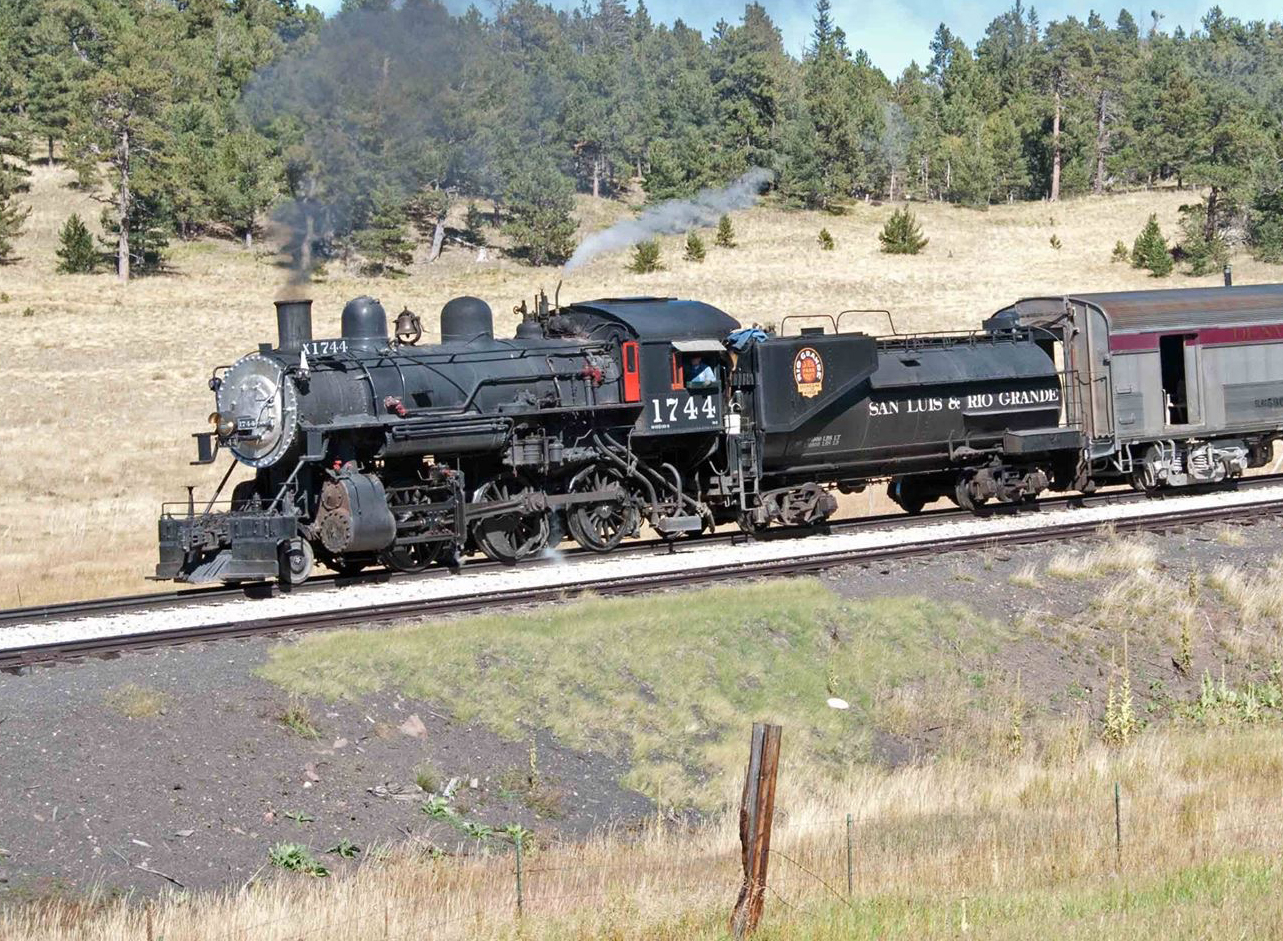
And finally, East Broad Top is restoring two of their 3-foot gauge Mikados to operation for the railroad's revival. One of the engines will be #14, one of their 3 smaller Mikes and the engine they were operating in 2010 when the railroad closed down, and the other will be #16, one of their 3 heavier Mikes, which has not run since the railroad closed down as a freight hauler in 1956. The new owners are also restoring the various buildings, a number of the coal hopper cars and are hoping to reactivate the entire 30-mile rail line.

Reading #2102 and Grand Trunk Western 2-8-2 #4070 doubleheading on Horseshoe Curve on May 15th, 1977. This trip is infamous. They were limited to 35mph by Conrail, #2102 had multiple steam leaks and they kept having journal boxes on both locomotives and cars running hot, and would have to stop and check and cool them off. Then GTW #4070 threw an eccentric rod and bent a side rod, which caused a crew member to throw the brakes into emergency and split the rolling junkyard of passenger cars into three separate parts while on Horseshoe Curve and snarled traffic up. They cut in the trailing engine booster on #2102 and hauled the whole train up threw the curve with just the #2102 straining her guts out. This resulted in Conrail not allowing any unassisted steam engines on Horseshoe for years.



Grand Trunk Western #4070 always seemed to be a cursed engine. Bad luck followed the USRA Light Mikado on a lot of her trips. In addition to the valve gear disassembling itself on Horseshoe Curve, another particularly bad one was the 24-hour "Trip From Hell". They had already had on disastrous trip on November of '68 from Dearborn St. Station in Chicago to South Bend and back, where all sorts of delays had resulted in passengers hopping off at South Bend and riding the GTW's passenger trains back to Chicago and passing the #4070 at Valparaiso.
In March of '69, Dick Jensen, who infamously owned GTW #5629, CB&Q #5632 and CB&Q #4963, tried to run another excursion from Chicago to South Bend and back using borrowed GTW #4070, which he had mechanically restored for Lou Keller, under his Midwest Steam Railfan Association. It was a bad omen when an unqualified union fireman bumped the regular GTW fireman from the job on the excursion. Since the MSRA had had been notified by GTW management, that due to another railfan groups failure to pay their debts and their unprofessional business attitude all steam operations were being suspended, they decided to not make any additional waves and accept the situation.
After a photo runby just west of Valparaiso, the crew realized that they were running low on water. They cut the engine from the train and ran light to go get water at Valparaiso. They ran back west, picked up the train and then got back on route. Plagued with poor coal quality and an inexperienced fireman, the #4070 steamed poorly, but Jensen had a "South Bend or bust" attitude and they arrived late at South Bend. At this point, a lot of riders bailed, as the excursion was being run on a Sunday and they had work or school the next day, so they caught a GTW train back to Chicago.
While at South Bend, the fireman failed to clean and repair the fire for the return trip. He had filled the fire box with coal level to the bottom of the fire box door and allowed the fire to form a full firebox clinker. With no draft and no place to clean the fire box and empty the ashpan between Olivers and Valpo, they limped along at 25 MPH to Valpo. They kept trying to save steam pressure by turning the train heat line on and off. The net result was a steam line blocked by condensed water, resulting in the train having no heat on a March night in Indiana. In addition to the 25mph restriction, GTW kept putting the train in passing sidings so as not to snarl up their freight traffic.
At Valpo they were finally able to clean the fire, load coal and take on water, which was done with 40 minutes left of crew time under the old 16 hour law to make it to the Blue Island yard and take on a new crew. The engineer called in the brakeman and got a high ball signal from the rear of the train. They left but unfortunately it wasn't a crewman giving a signal with a lantern, but a fan wandering around with a flashlight. The crew had gone to grab dinner and had never let the engineer know, so the train left town without a crew. They were flagged at the Pennsy crossing tower at the bottom of the hill west of Valparaiso and informed of the situation. They then made an illegal reverse move down the GTW line to go back to Valparaiso to pickup their crew. At this point the crew was completely over their 16 hour limit, and had to call it quits and a new crew brought in. Finally GTW got irritated with the whole situation and yanked the diesels off a freight train to drag the excursion back to Chicago. It ultimately took 3 crews and 2 locomotive change to get from Valpo to Dearborn station at 5 am, with many of those still onboard having to go to work or school the next day. With the depot closed overnight, and being an era before cell phones, a lot of women were calling local radio station disc jockeys going, "Wheres my family? They left town on a train and the train vanished."
.jpg)
The #4070 looks pretty sad these days. From '75-'85 it owned by the Midwest Railway Preservation Society, it was run on the old B&O right of way through the Cuyahoga Valley on the Cuyahoga Valley Line tourist service. Between '86 and '87 no trips were run due to CSX abandoning the line, but it then ran from '88-'90, when it became the Cuyahoga Valley Scenic Railroad. In '90 it was finally parked, when the locomotive was sidelined with cracks in the piston rings. At that time the restoration began with the removal of the boiler jacket and the insulation. The cylinder liners were cut out and the rods and main drivers were removed for running gear and bearing inspection. During it's last few years of operation, maintenance on the #4070 had been let slide due to a lack of money. MRPS at the time was locked into an agreement that returned only twenty-five cents for every ticket sold back to the organization. Unfortunately, with so little income, money had to be channeled into overhead costs including rent, utilities and insurance.
Restoration was started at the MRPS' Cleveland, Ohio roundhouse that they leased from CSX. During that time Midwest was also tied up in litigation which could have impacted ownership of the locomotive. With ownership confirmed, MRPS was left with a large debt for legal fees that resulted in the organization having to sell off most of it's passenger cars to raise money just to pay it off.
In 2003 a portion of the roundhouse, stalls 11 through 15, that CSX had leased to a private business had collapsed taking a good portion of the wall between stalls 10 and 11 with it and a large portion of the roof as well. The City of Cleveland subsequently condemned the building. No work was allowed in the building until the conditions that forced the condemnation were rectified. While #4070 sat inside undercover, work on the locomotive could not move forward.
Midwest, lacking cash assets, was forced to take a personal loan from a member in order to make the required repairs to stalls 1 through 4 of the roundhouse. Repairs were begun in the Spring of 2011 and by the end of July, the work was completed and members were allowed back into the building. The organization then acquired a bank loan for $144,000.00 to shore up the wall of stall 10, fix the roof over stalls 1 through 4, add support bracing to the columns in stalls 6 through 10 as well as scaffolding to support the roof above stalls 6 through 10, a large portion of which had collapsed. Repayment of that bank loan was a huge burden that was just recently paid off. The only good thing that came of the collapse was that it enabled MRPS to buy the property that included stalls 6 through 15 from CSX.
Disassembly of #4070 resumed, slowly at first because while the building was closed, some members lost interest and others, having grown older were unable to physically do the hard work involved in the process. Unfortunately, with only four working stalls in the roundhouse, Midwest has been forced to lease stalls in order to generate income, so #4070 has been moved outdoors to make room and been stored on and worked outside. One long time tenant moved out last year but that stall is currently occupied by the business car "America" while it undergoes repairs and modernizations to get back on the road in private rail excursions. Stall two is leased to American Steam Railroad where they are busy restoring the Reading 2100 steam locomotive. Stalls three and four have been used to do maintenance on other rail equipment and the occasional outside work to bring in money.
The current estimate to get #4070 operational again is $1.29 million and as of right now they have raised...$5545. So, it doesn't look like the #4070 will be operating anytime soon.

You'll need to log in to post.